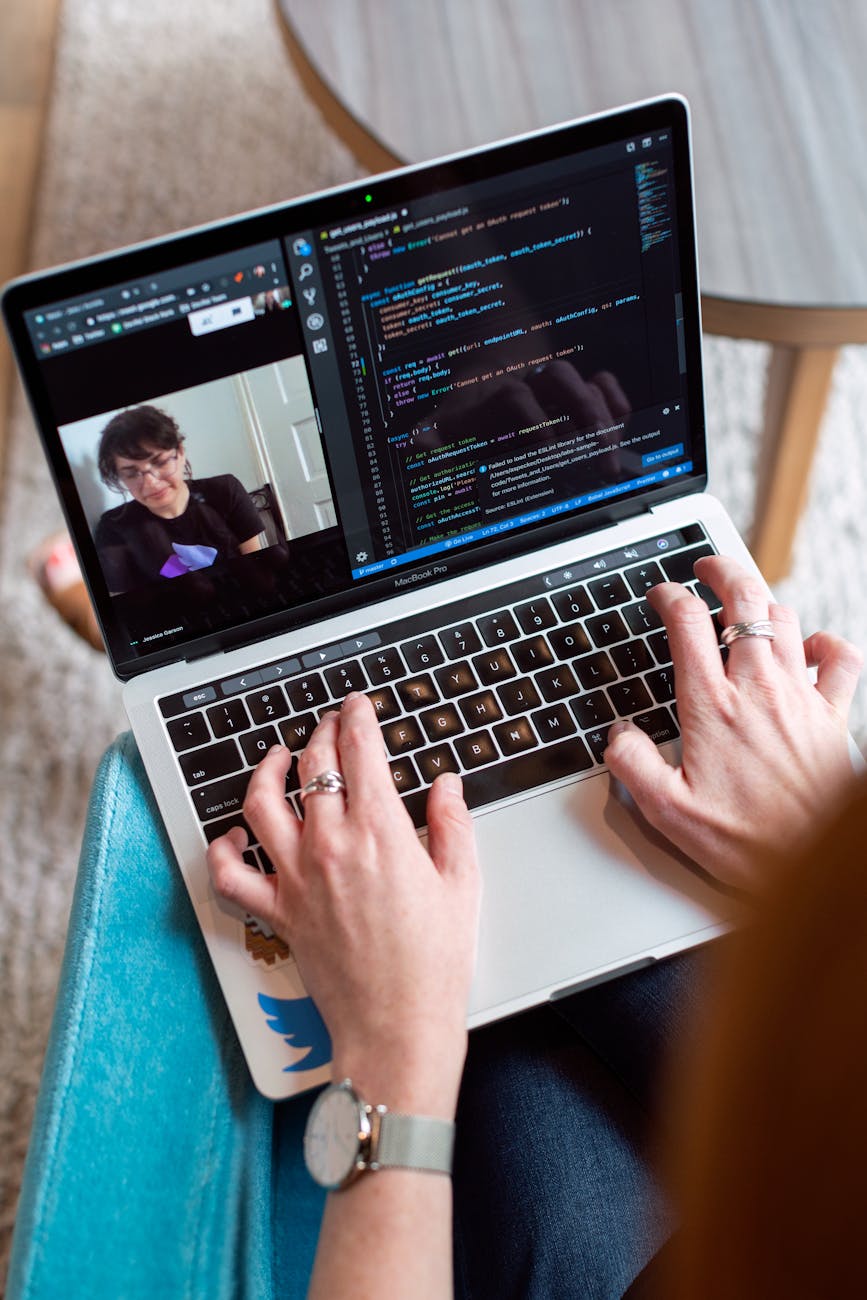By Frank Palermo
CMSWire, May 15, 2020
As COVID-19 continues to peak around the globe, the behavioral changes it leaves in its wake may remain long after the pandemic subsides. These changes and new behaviors are creating new working models and business models that are well poised to become the new norm.
One major shift will certainly be attitudes around working from home (WFH). The effectiveness of work from home has been a debated topic for decades. Only about a quarter of the US workforce (23.7%) worked from home on a consistent basis prior to the pandemic. The old saying that necessity is the mother of invention couldn’t be truer now. The speed at which companies were able to mobilize their workforces to work from home was unprecedented.
The reality is that all companies have pretty much figured out how to work effectively from home by now. The concerns around productivity, collaboration, connectivity, distractions have basically vanished.
But it wasn’t that long ago that high-profile companies like IBM were calling thousands of employees back to office in favor of “co-locating” work. How quickly things can change. A recent survey by Gartner found 41% of employees are more likely to work remotely at least some of the time post-pandemic. Those who were working remotely before the pandemic will increase their work from home frequency after they are allowed to return to their offices. Those new to working remotely, according to Global Workplace Analytics, will see an upswing of up to 25 to 30% in adoption.
The rise in remote working will doubtless have a significant impact on the future of work. The longer the pandemic sustains, the more comfortable workers and employers will get with working from home. This will make it even harder for companies to get workers back into the office.
So, companies need to get ready for the rebirth of “home shoring.”

Are We More Productive at Home?
The main argument made by behavioral scientists against working at home was that it was less productive because of the lack of public accountability, daily routines and deadlines. They stated that human nature requires structure and public accountability to ensure productivity.
But the nature of work has changed significantly over the past decade. Many jobs have already had a significant work from home component, especially in the tech sector where working from home is in their DNA.
Over the past decade, the number of people who work from home has increased by 140%. With significant advances in technology, working remotely has become more practical for many workers. Over 52% of workers globally have been working at home at least once a week. And 16% of companies now exclusively hire remote workers.
There are numerous examples of where people who are working from home are more productive. Chinese travel website Ctrip conducted an experiment where it gave its call center staff the opportunity to volunteer to work from home for nine months. Half the volunteers were allowed to telecommute, and the rest remained in the office as a control group. The company discovered that people working from home completed 13.5% more calls than the staff in the office.
One of the significant shifts has been in the managerial mindset. Managers who frequently couldn’t establish trust that remote employees were focused and productive had in the past established routines for monitoring and managing remote employees. They now realize that work is more about the outcomes and not location.
We are seeing a significant shift in attitudes around work from home productivity. The initial results have been impressive. Two-thirds of managers report that employees working from home has increased their overall productivity. And 86% of employees say they’re more productive when they work alone, devoid of distractions like inefficient meetings, office gossip or loud office spaces.
The real opportunity here is to apply this alacrity and principles into every avenue of the business. Is focus the real driver of speed?
Improving Employee Morale
While working remotely may not be for everyone, there is a link between employee tenure and remote workers. For instance, one in four employees with long commute times tend to eventually quit their jobs.
Remote workers also save money and time by not having to travel to an office. The average American commute time is 30 minutes, which if eliminated, can save an average of over $4,500 annually on fuel costs and gain 17 days of free time each year — just from not having to travel to an office.
More time at home, typically means more working hours. On average, remote employees worked 16.8 more days each year. But working more hours does not necessarily translate to more productivity. Employees who practiced effective working habits such as taking breaks, having set working hours and working in the same location experienced higher productivity. These same habits drive productivity in an office environment, so it’s less about the location and more about good working habits.
Structure Kills Creativity
Are all work at home tasks created equal? Working from home can make you better at some tasks and create challenges for others.
For repetitive work, structure and a consistent work environment stimulates productivity. So if your job contains more mundane tasks, it’s important to isolate from home environment distractions such as walking your dog, doing laundry or watching TV.
But this same structure has also been shown to diminish creativity. Research from the University of Toronto, Rotman School of Management showed in a series of experiments that participants displayed less creativity and cognitive flexibility when asked to complete tasks using categorized sets of information, compared to those asked to work with items that were not ordered in any special way. So in some ways, a less-structured home working environment can actually stimulate creativity.
While the allure of home office distractions fuels most of the fears around productivity loss, office environments can actually be incredibly distracting places. At home people don’t experience the “cake in the break room effect” that happens in the office. The time spent mingling with co-workers, water cooler distractions, celebrations and frequent co-worker interruptions not only take up time, but interrupt train of thought and disrupt your creative process. Many workers now feel the relaxed, uninterrupted home environment stimulates creativity.
Collaboration Tools Support New Methods of Work
Collaboration platforms and tools have played a critical role in enabling WFH. Platforms like Microsoft Teams, Google Hangouts, Zoom, Blue Jeans, WebEx have all matured from basic video conferencing (think early versions of Skype) to robust collaboration platforms. These video tools now integrate screen sharing, notetaking, virtual whiteboards, chat and scheduling that makes working in a distributed environment feel more integrated and efficient.

Employees starved for visual interaction have now grown accustomed to the variety of virtual tools at their disposal to facilitate collaboration and meetings.
Prior to the pandemic, remote workers typically revolved around a central office hub where a critical mass of employees existed. But with all employees now working remotely, the hub and spoke model has evolved to distributed endpoints. This has an impact on tools, collaboration techniques and management techniques.
Consider what it takes to successfully engage a fully distributed remote team where no one is physically in the same location. It requires each team member to think about how to engage team members by asking questions, sharing ideas and providing unsolicited feedback. It’s these small moments that matter.
Tracking work across a distributed team is now even more critical to ensure productivity, reduce dependencies and avoid duplicate work. With many organizations now using 100s of SaaS platforms and tools, it’s necessary to have a central hub of communications.
Slack has emerged as one of the premier enterprise channel-based messaging platform that connects all tools in a single place, making it easier to access them, share information and drive team productivity.
Other simple off the shelf tools like monday.com offer cloud-based project management software that simplifies the way teams manage workloads and communicate. The solution features color-coded boards that allow users to quickly check which projects are in progress, which tasks are finished and where team members are stuck. These boards are also organized in a way that conveys due-dates and the relationships between assignments.
The New Six Feet Office
When the coronavirus restrictions lift, the number of employees who decide that working from home is their new normal will clearly increase. For others who return to the office, they may see some significant changes.

In recent years, the amount of square footage allotted per employee has gone down from 211.4 sq. ft. in 2009 to 17.6 square feet in 2017. The trend of densely populated workstations may be turned on its side post-coronavirus. Commercial real estate company Cushman & Wakefield recently introduced the “Six Feet Office” concept to showcase some of the ideas it envisions companies will adopt in the near future. These include desks spaced 6 feet apart, along with bold color and visuals such as circles embedded in the carpet to remind people to distance themselves.
Office design will become a critical consideration as cities across the world begin planning a strategy for reopening their economies.
China recently saw 10,000 organizations move nearly 1 million people back to work. Lessons learned included staggering schedules to lessen occupancy in buildings, alternating work at home schedules, moving desks farther apart and creating more barriers between desks.
As more companies make the decision to allow employees to work from home more frequently, that will open up the opportunity to create more specialized workspaces in the office. These could include more tech-enabled collaboration areas, virtual reality rooms, full wall video conferencing and many other high-tech toys. The office could actually become cool again and draw employees back in, which would bring us full circle.
Or we may never go back to the office again.
About the Author: Frank Palermo brings more than 22 years of experience in technology leadership across a wide variety of technical products and platforms. Frank has a wealth of experience in leading global teams in large scale, transformational application and product development programs.
This article previously posted at CMSWire, https://www.cmswire.com/employee-experience/will-we-ever-go-back-to-the-office-again/











